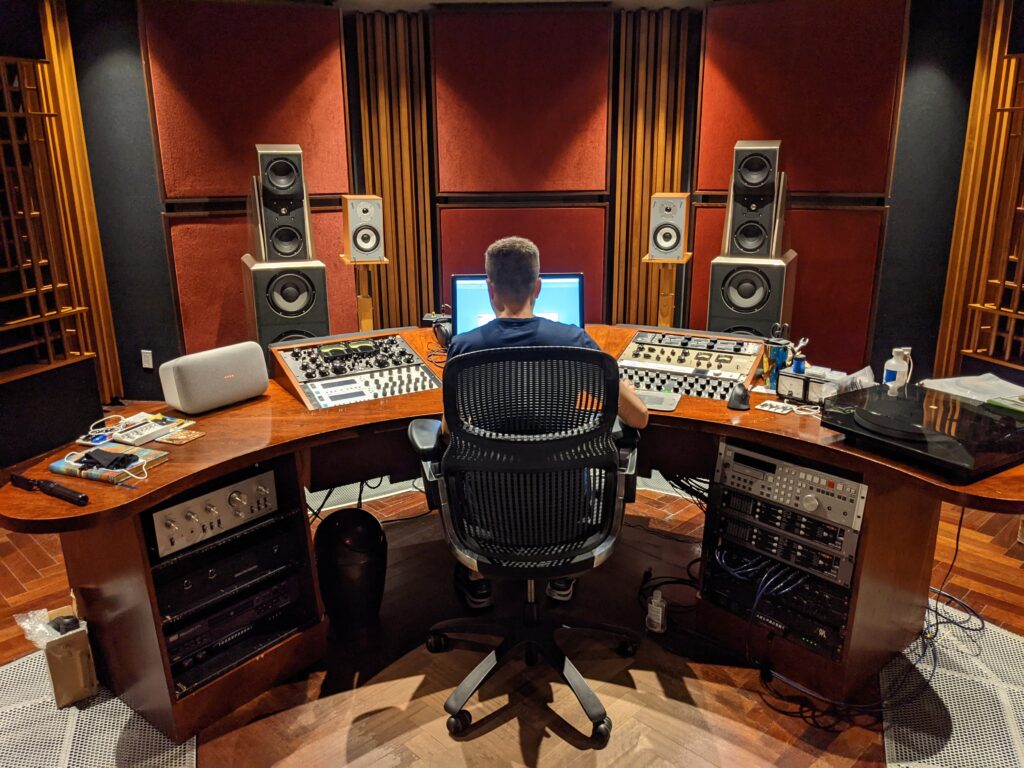
Introduction
Welcome to our comprehensive guide on audio mastering, where we delve into the intricacies of this critical process that transforms your music into a polished and professional masterpiece. At Mike Marra Mastering, we are committed to helping you unlock the true potential of your music and ensure that it stands out from the crowd. In this article, we will explore the nuances of audio mastering, its significance, and provide you with expert tips to achieve outstanding results. Let’s dive in!
Understanding Audio Mastering
Audio mastering is the final stage in the music production process, where the recorded tracks are fine-tuned and optimized for distribution. It involves a series of meticulous steps that enhance the overall sound quality, clarity, and cohesiveness of your music. By applying various audio processing techniques, such as equalization, compression, stereo enhancement, and volume balancing, mastering engineers strive to create a balanced and cohesive sonic experience.
The Importance of Audio Mastering
Audio mastering plays a pivotal role in ensuring that your music sounds its best across different playback systems and platforms. Here are a few key reasons why audio mastering is crucial:
- Sound Enhancement: Through careful manipulation of frequencies and dynamics, audio mastering can significantly enhance the overall sound quality of your music, making it sound more vibrant, detailed, and impactful.
- Consistency: Mastering ensures that all the tracks on your album or EP have a consistent sound, volume level, and tonal balance. This cohesion contributes to a better listening experience and helps establish your unique sonic identity.
- Optimized Playback: By adapting your music to various playback systems, from headphones to car speakers, mastering ensures that your music translates well across different environments. This is particularly important in today’s era of diverse listening devices.
- Competitive Edge: In a highly saturated music market, professional mastering sets your music apart from the rest. It allows your songs to compete on a level playing field, grabbing the listener’s attention and making a lasting impact.

The Audio Mastering Process
1. Preparing the Mix
Before diving into the mastering process, it’s essential to ensure that your mix is in the best possible shape. Address any issues related to equalization, dynamics, and overall balance. Make sure there is no clipping or excessive noise in the mix. This step sets the foundation for an effective mastering session.
2. Gain Staging
Proper gain staging is crucial to maintain a healthy signal flow throughout the mastering chain. Adjust the input gain of your master track to avoid clipping or unnecessary distortion. A well-balanced gain structure ensures accurate processing and prevents any degradation of audio quality.
3. Equalization
Equalization allows you to shape the frequency response of your music, enhancing certain elements while reducing others. Use a combination of broad and surgical EQ moves to address any tonal imbalances, emphasize desired frequencies, and remove any unwanted resonances or harshness.
4. Dynamics Processing
Dynamics processing involves controlling the volume levels and dynamic range of your music. Utilize techniques such as compression, limiting, and expansion to ensure a balanced and controlled sound. Carefully consider the attack, release, and ratio settings to achieve the desired impact and punch.
5. Stereo Enhancement
To create a spacious and immersive soundstage, employ stereo enhancement techniques. Widening the stereo image, adding depth, and enhancing the sense of space can make your music more captivating and engaging. However, exercise caution to maintain mono compatibility and prevent excessive phase issues.
6. Saturation and Harmonic Excitement
Adding a touch of saturation or harmonic excitement can inject warmth, character, and richness into your music. Experiment with tape emulation, analog saturation plugins, or harmonic exciters to add subtle coloration and depth. Be mindful not to overdo it, as excessive processing can lead to a loss of clarity.
7. Loudness Maximization
Achieving an optimal loudness level is crucial in today’s competitive music landscape. Utilize mastering techniques such as multiband compression, limiting, and careful gain adjustment to ensure your music stands out without sacrificing dynamic range or introducing unwanted distortion.
8. Quality Control and Export
Once you are satisfied with the mastered sound, perform thorough quality control checks. Listen to your music on different systems, paying attention to any artifacts, imbalances, or inconsistencies. Finally, export your mastered tracks in appropriate file formats, considering the intended distribution platforms.
Conclusion
Congratulations on completing this comprehensive guide to audio mastering! By understanding the intricacies of this process and implementing the expert tips provided, you are well on your way to achieving exceptional results for your music. Remember, audio mastering is a skill that develops with practice, so don’t be afraid to experiment and refine your techniques. At Mike Marra Mastering, we are here to support you on your journey to sonic excellence. Embrace the art of audio mastering, and let your music shine like never before!

Ready to bring your music to life? Contact me today to see how professional mastering can help your tracks reach their full potential!
